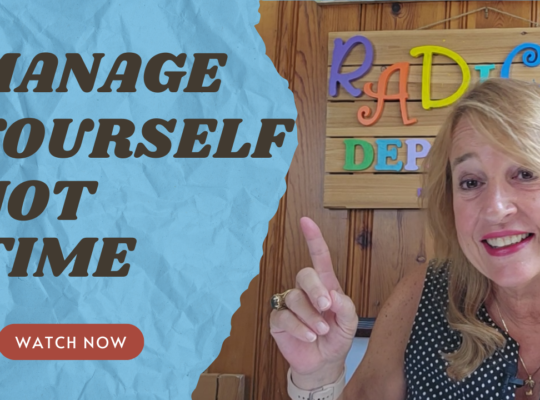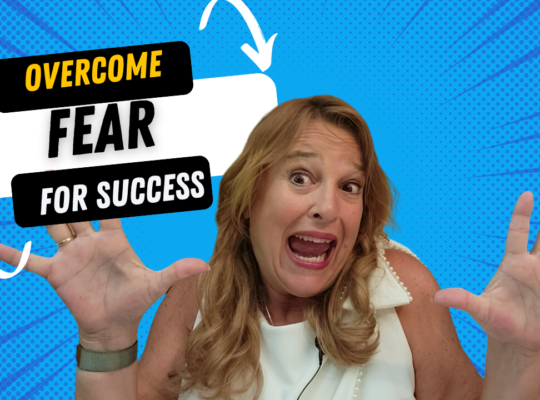Pricing is one of the most critical aspects of running a business. Set it too high, and you risk losing customers. Set it too low, and you could undermine your value. More importantly, though, how you price your products or services speaks volumes about your business’s values. Fair and transparent pricing can build trust, foster long-term relationships, and ensure your clients feel valued—not exploited.
In this blog post, we’ll break down 5 key steps to fair pricing, explain why transparency is essential, and show how it can directly impact customer loyalty. By the end, you’ll have practical tips to implement a transparent pricing strategy that reflects the true value of your business.
The Power of Fair Pricing
Have you ever stayed at a hotel that charges extra for everything—$5 for water, an additional resort fee, or even something as basic as tea or coffee? You leave feeling like you’ve been nickel-and-dimed. Contrast that with a hotel that offers complimentary services such as a refillable water station or free coffee and tea throughout the day. You walk away feeling like you received excellent value.
These two experiences highlight a crucial point: Fair pricing builds trust. When customers feel valued, they are more likely to become loyal, repeat clients. On the other hand, hidden fees and unclear pricing can make customers feel taken advantage of, damaging trust and long-term business relationships.
“Price is what you pay. Value is what you get.” — Warren Buffett
This quote underscores the importance of setting a fair price that reflects the value your business provides. When done correctly, transparent pricing can enhance your brand’s reputation, build customer loyalty, and even increase profitability.
5 Steps to Transparent, Fair Pricing
1. Know Your Value
Before you can set a fair price, you need to understand the value of your products or services. Take into account both tangible and intangible benefits—what unique value do you provide that sets you apart from the competition? Your pricing should reflect not just the cost of goods or services, but also the expertise, convenience, and added value that you bring to the table.
For additional insights on how transparent pricing fosters trust, check out this article on building trust with transparent pricing(Genovations Accounting).
2. Use a Cost-Plus Pricing Model
One of the simplest and most reliable pricing strategies is the cost-plus pricing model. In this model, you start with the cost of your product or service and add a reasonable margin. This ensures your pricing reflects the true cost of production while allowing for profitability. As costs fluctuate, so can your prices, ensuring you maintain a consistent margin.
3. Consider Your Audience
Every business serves a unique audience, and the price customers are willing to pay will vary depending on that audience’s needs and perceived value. Do your research: What are your customers willing to pay? What aspects of your service or product do they value the most?
Explore how pricing transparency benefits your business and its role in building trust(Sniffie).
4. Research Competitors (and Avoid Hidden Fees)
Look at what your competitors are charging, but don’t blindly follow their pricing. Make sure your price reflects the unique value you offer. At the same time, avoid hidden fees. These can frustrate customers and make them feel like they’ve been misled.
Hidden fees may generate short-term revenue, but they can severely damage trust. Customers prefer clarity; if your pricing structure is transparent, they are more likely to respect the price and feel satisfied with their purchase(business.com).
5. Bundle Your Services
Consider bundling products or services into clear, inclusive packages. This not only prevents customers from feeling like they’re being hit with extra charges, but it can also make it easier for them to understand the value they’re getting. When everything is included upfront, there are no surprises.
Transparency in pricing goes a long way in showing your customers that you have their best interests at heart. If your prices aren’t listed on your website, ask yourself why not. Are you hiding your prices because they’re too high? Being upfront about pricing will attract the right customers who are willing to pay for the value you provide(Verint).
Why Transparent Pricing is Essential
In today’s digital age, customers have access to more information than ever before. They can quickly compare prices, read reviews, and determine if your offering is worth the investment. Transparency in your pricing isn’t just a nice-to-have—it’s essential. Studies show that businesses with transparent pricing foster greater trust and customer loyalty(COR).
Action Steps to Success
Implementing fair pricing isn’t difficult, but it requires a thoughtful approach. Here are three action steps to get started:
- Evaluate Your Current Pricing
Take a close look at your current pricing structure. Are there any hidden fees? Does the price you charge reflect the value you provide? Make adjustments where necessary to ensure clarity and fairness. - Communicate Clearly
If you’ve made changes to your pricing, be sure to communicate them clearly to your customers. Use your website, social media, and other communication channels to explain the value they’re receiving for the price they pay. - Test and Refine
Pricing isn’t static—it evolves as market conditions change. Regularly review your pricing strategy and gather feedback from your clients to see if adjustments are needed.
Embed Video Here:
Insert the “Fair Pricing” YouTube video here for additional engagement and cross-platform promotion.
Fair pricing isn’t just about numbers. It’s about creating value for your customers and building long-term trust. By following these five steps, you’ll be able to set prices that reflect the true value of your services while ensuring that your customers feel valued—not exploited.
For more tips on pricing and business strategies, check out our full blog . Remember, when you build trust with your pricing, you build loyalty with your customers.






